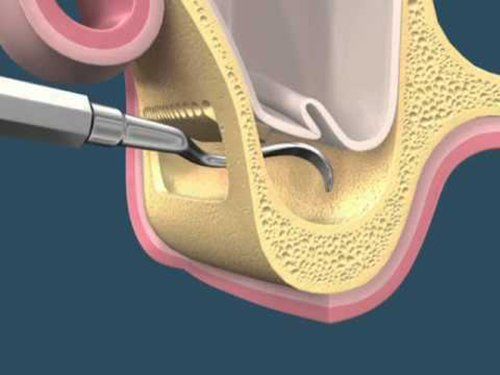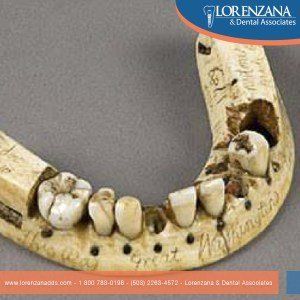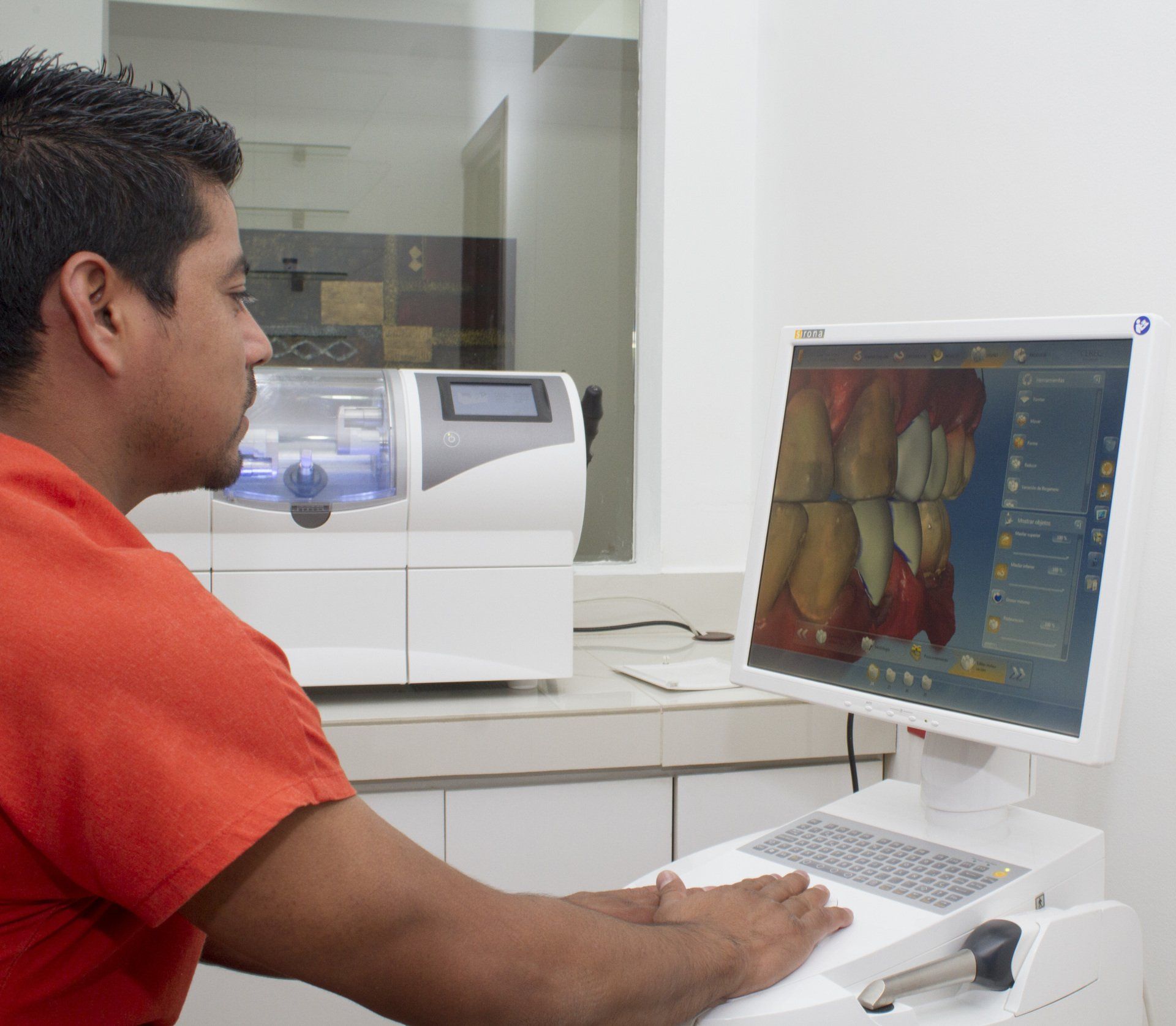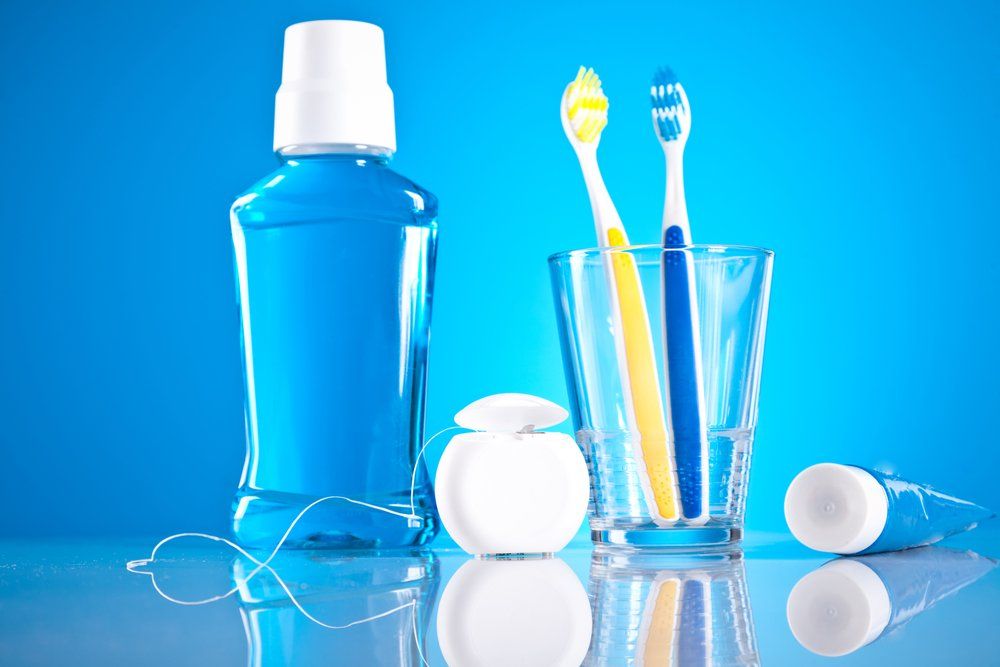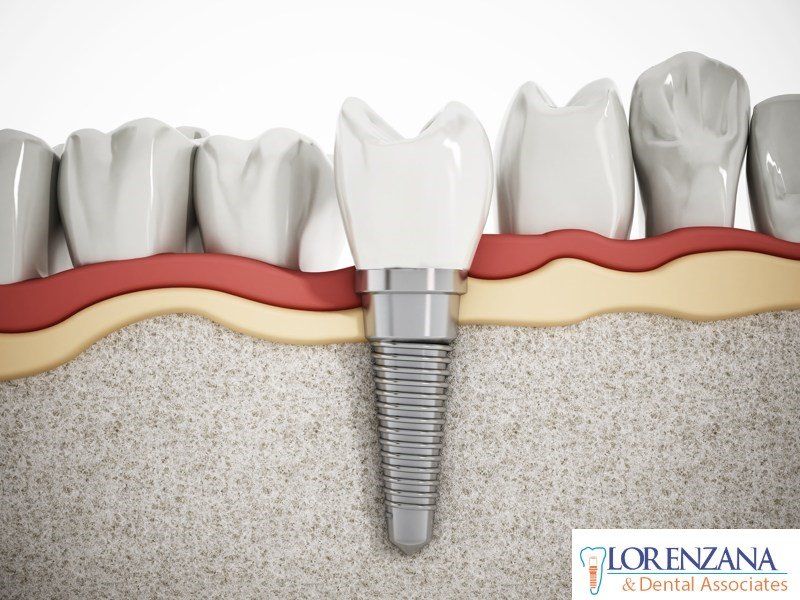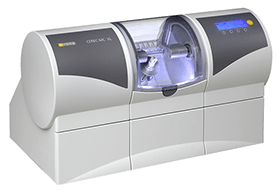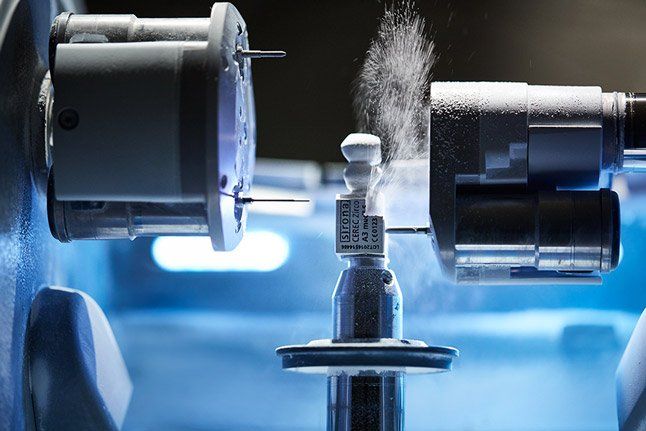Immediate loading implants
Immediate loading is to place the implant and over the implant immediately place a completely functional provisional prosthesis.
Immediate loading implants are devices surgically placed in the patient’s mouth to replace missing teeth. Dental implants are manufactured with biocompatible materials that are not rejected by human body and allow bone attachment.
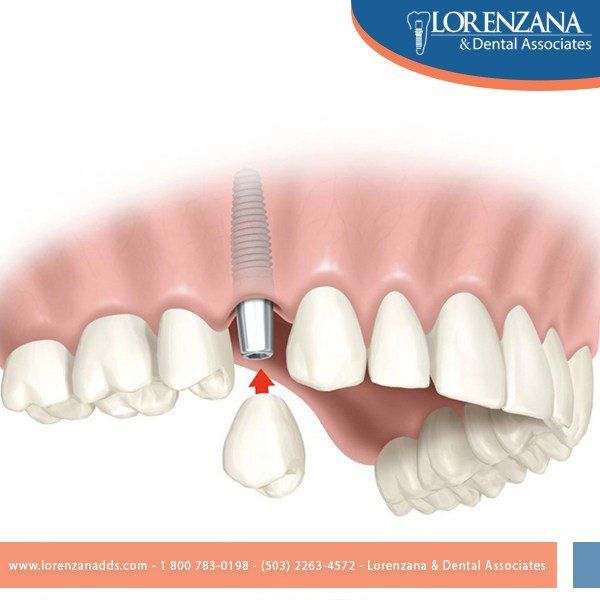
The concept of immediately loading dental implants is extends back to the 1960s, when implant dentistry was beginning. While implants of that period were often plac ed and immediately loaded, they did not always achieve the success rates that are observed and accepted today.
The pioneers in implant dentistry often tried the immediate loading of dental implants for the treatment of the fully edentulous mandible but only achieved mixed success. One of the main reasons for the failure of these early attempts was the lack of understanding of the biological and mechanical principles that we now know are necessary for clinical success.
With many researches and studies we know now the clinical requisites and components that improve the procedures.
Dental implants that are immediately loaded should be stable after insertion, and they should be rigidly splinted around the curvature of the arch. In addition, the provisional prosthesis should not be disturbed (if possible) during the healing process that occurs approximately two months after placement. These simple guidelines have allowed for the predictable treatment of many patients who would otherwise have had to wear their dentures during the healing period or even go without them during the initial postoperative period.
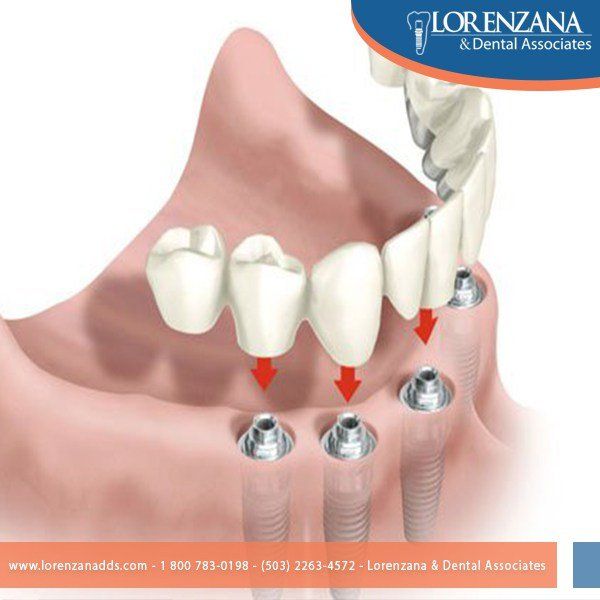
With the passage of time and the new researches it is now possible to offer a procedure with less complication, less discomfort and more success, Dr. Rafael Lorenzana know the importance and advantages that been constantly improving brings, recently has attended the BioHorizons International Symposium which allowed him to acknowledge the new techniques and solutions for immediate loading.
The more experience and knowledge a prosthodontist has the higher success rate he achieves
Implantes de carga inmediata

La carga inmediata es poner los implantes y colocar sobre ellos una prótesis provisional completamente funcional.
Los implantes de carga inmediata son dispositivos colocados quirúrgicamente en la mandíbula del paciente para reemplazar el diente, o los dientes perdidos. Los implantes dentales están fabricados con materiales biocompatibles que no producen rechazo y permiten su unión al hueso.
El concepto de carga inmediata de implantes dentales se extiende a los 1960s, cuando la implantología estaba comenzando. Mientras que los implantes en ese periodo eran con frecuencia colocados e inmediatamente cargados no siempre obtenían los resultados satisfactorios de hoy en día.
Los pioneros en implantología regularmente intentaban procedimientos de carga inmediata para tratamientos en pacientes completamente edéntulos obteniendo resultados parciales. Una de las razones principales razones para los fracasos de estos primeros intentos fue la falta de conocimiento de los principios mecánicos biológicos que hoy en día sabemos son necesarios para un procedimiento clínico exitoso. Luego de muchos estudios conocemos hoy los componentes y requisitos clínicos que mejoran la práctica.
Los implantes dentales con carga inmediata deben estar estables luego de colocados y rígidamente contenidos alrededor de la curvatura del arco, adicionalmente la prótesis provisional no debe perturbarse (de ser posible) durante el proceso de sanación que toma aproximadamente dos meses después de colocados. Estos simples lineamientos nos ha permitido dar un tratamiento más adecuado y predecible en el tratamiento de muchos pacientes que de otra forma habrían tenido que usar sus dentaduras en el periodo de sanación e incluso andar sin ellas en el periodo inicial posoperativo.

Con el pasar del tiempo y los nuevos estudios ahora es posible ofrecer
tratamientos con menos complicaciones, menos molestias y más exitosos,
el Dr. Lorenzana conocedor de la importancia y las ventajas que trae
consigo la mejora constante, recientemente asistió al BioHorizons
International Symposium durante el cual pudo obtener mejores
conocimientos acerca de las técnicas para soluciones de carga inmediata.
Mientras más experiencia y conocimientos tenga un prostodonsista mayor será el rango de éxito que logre.
